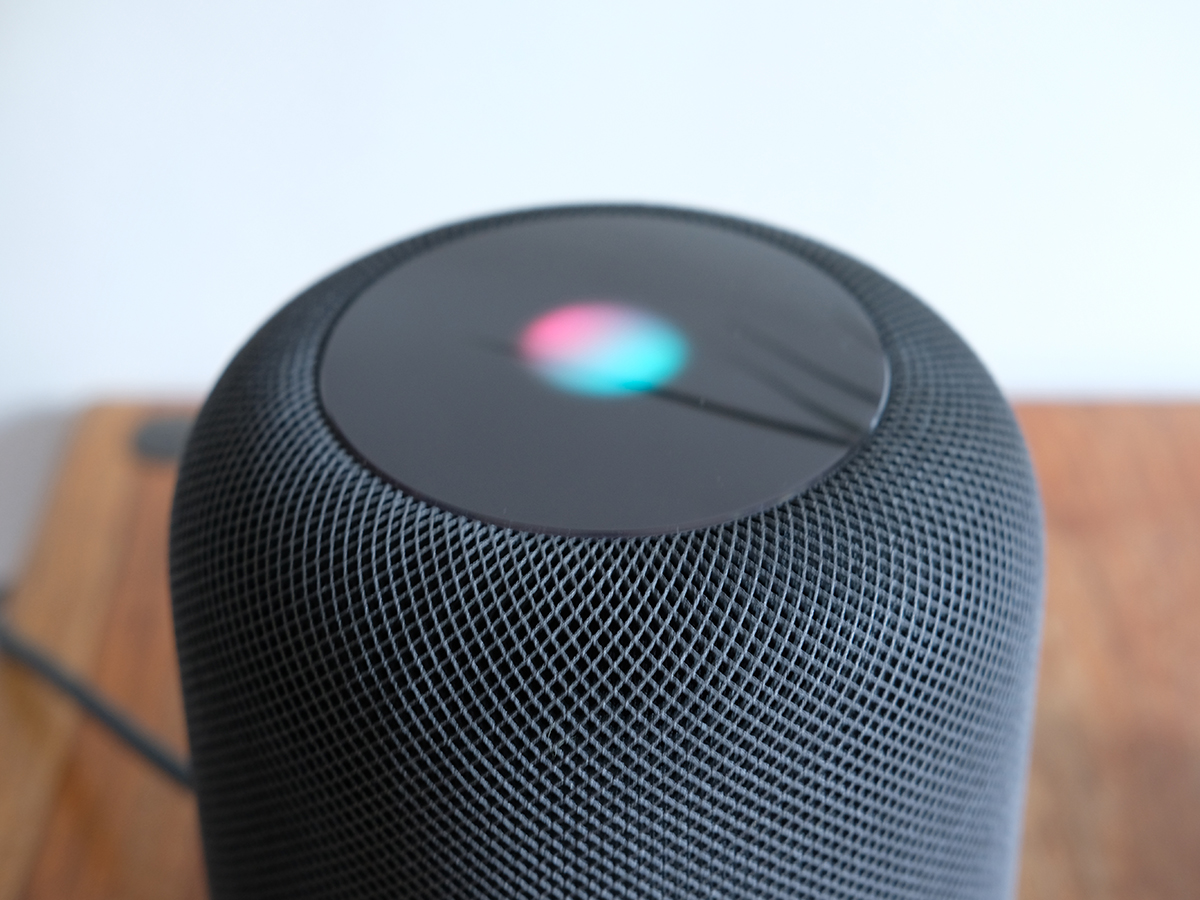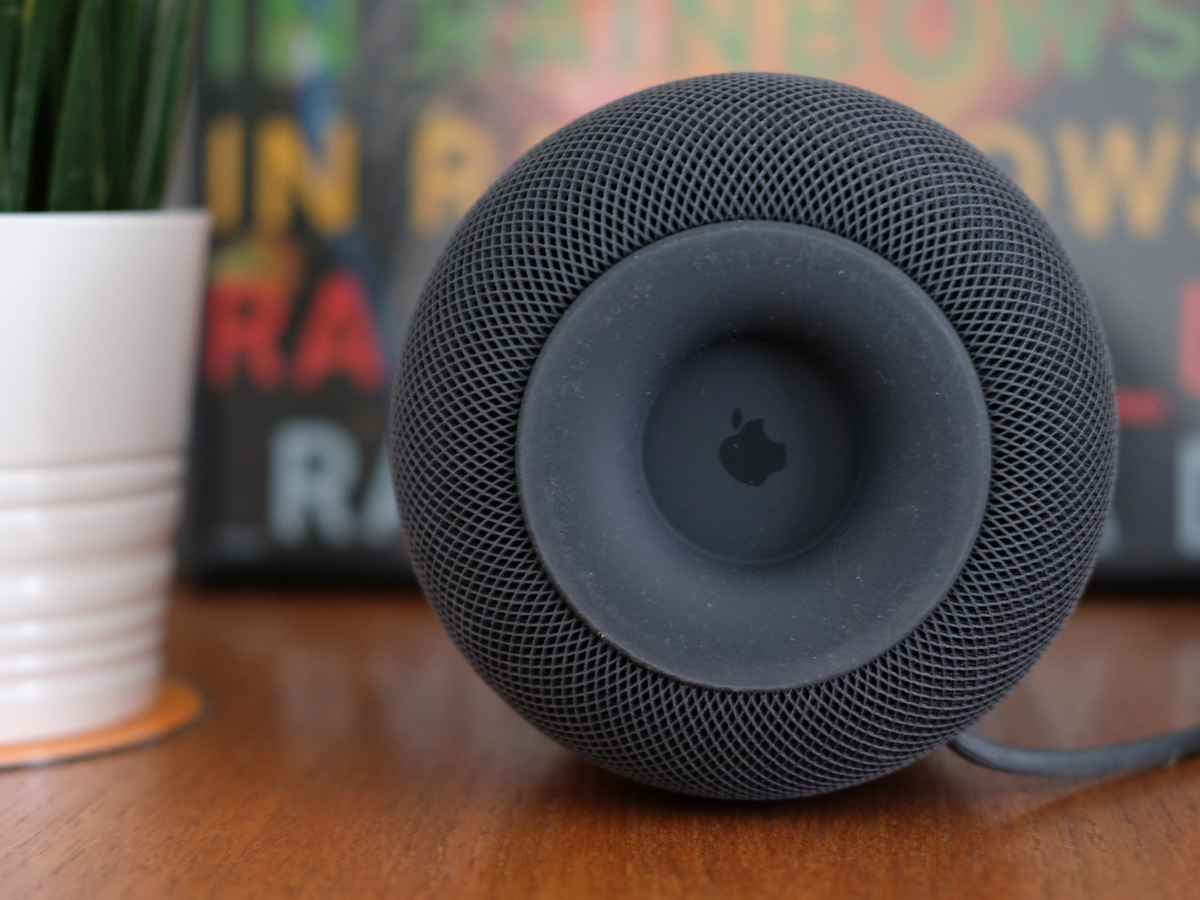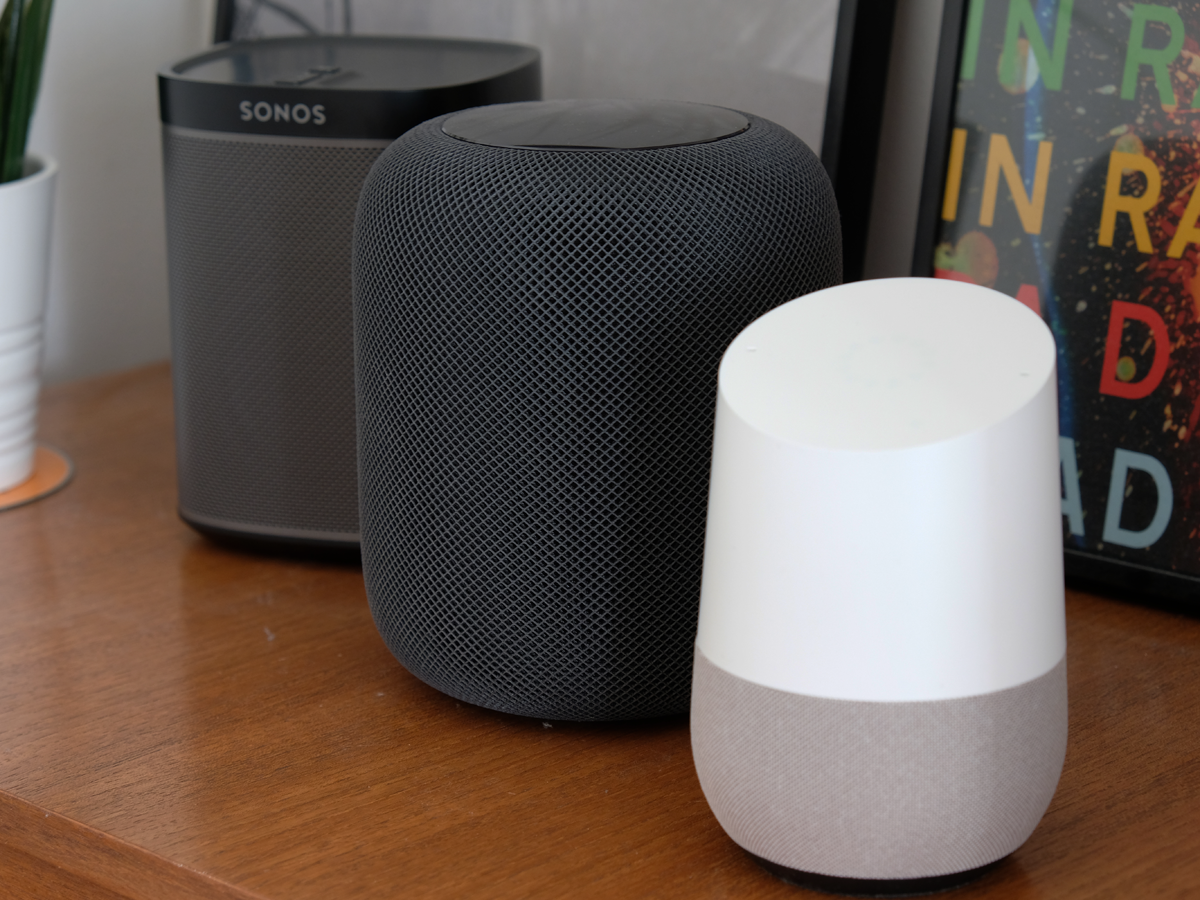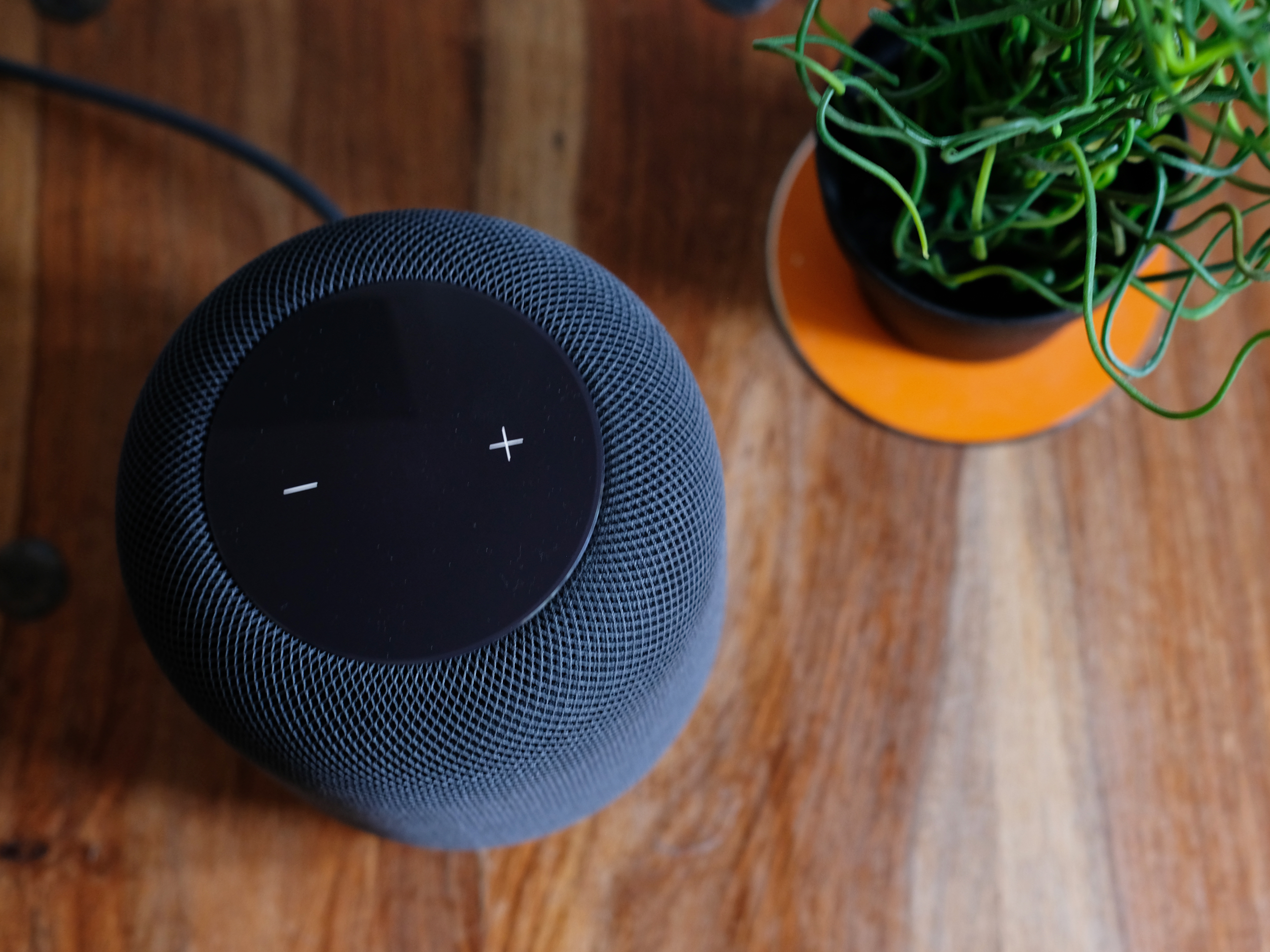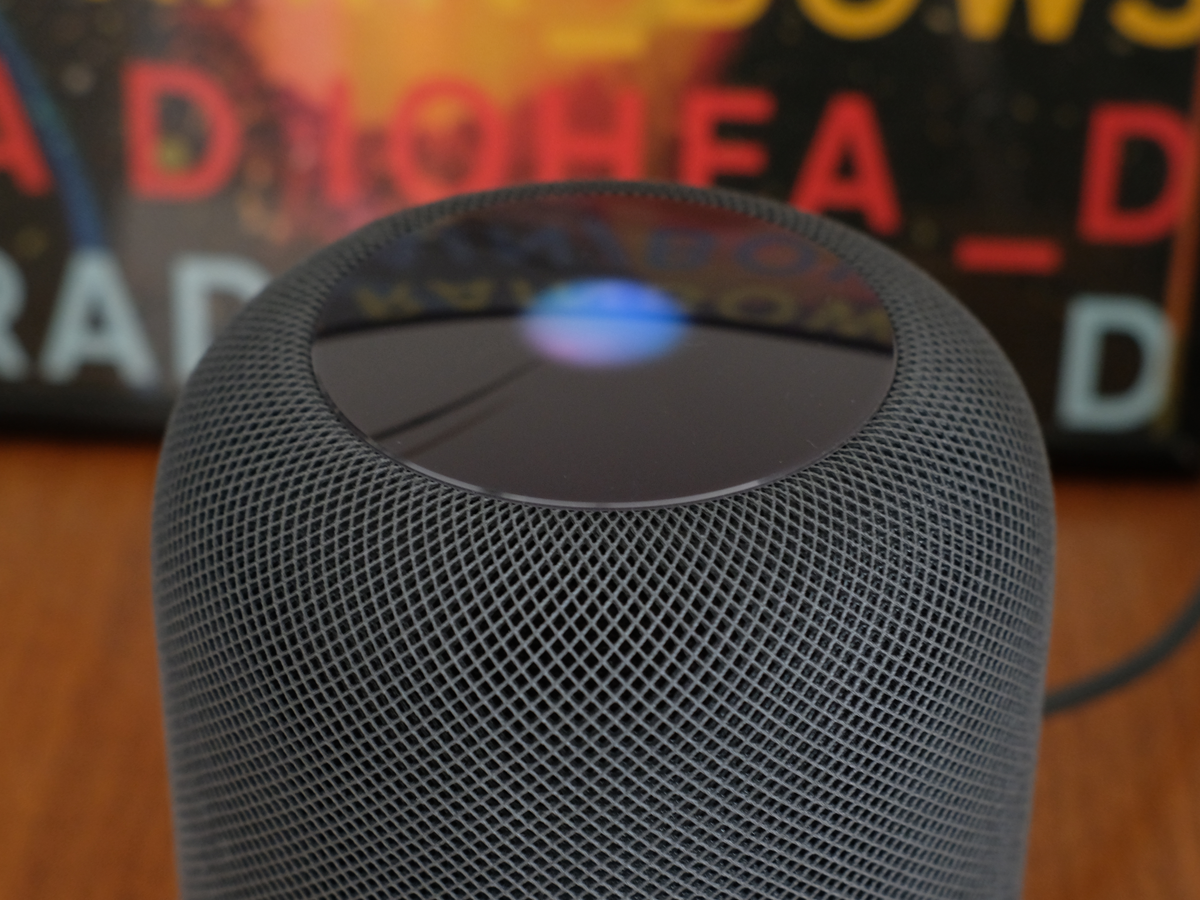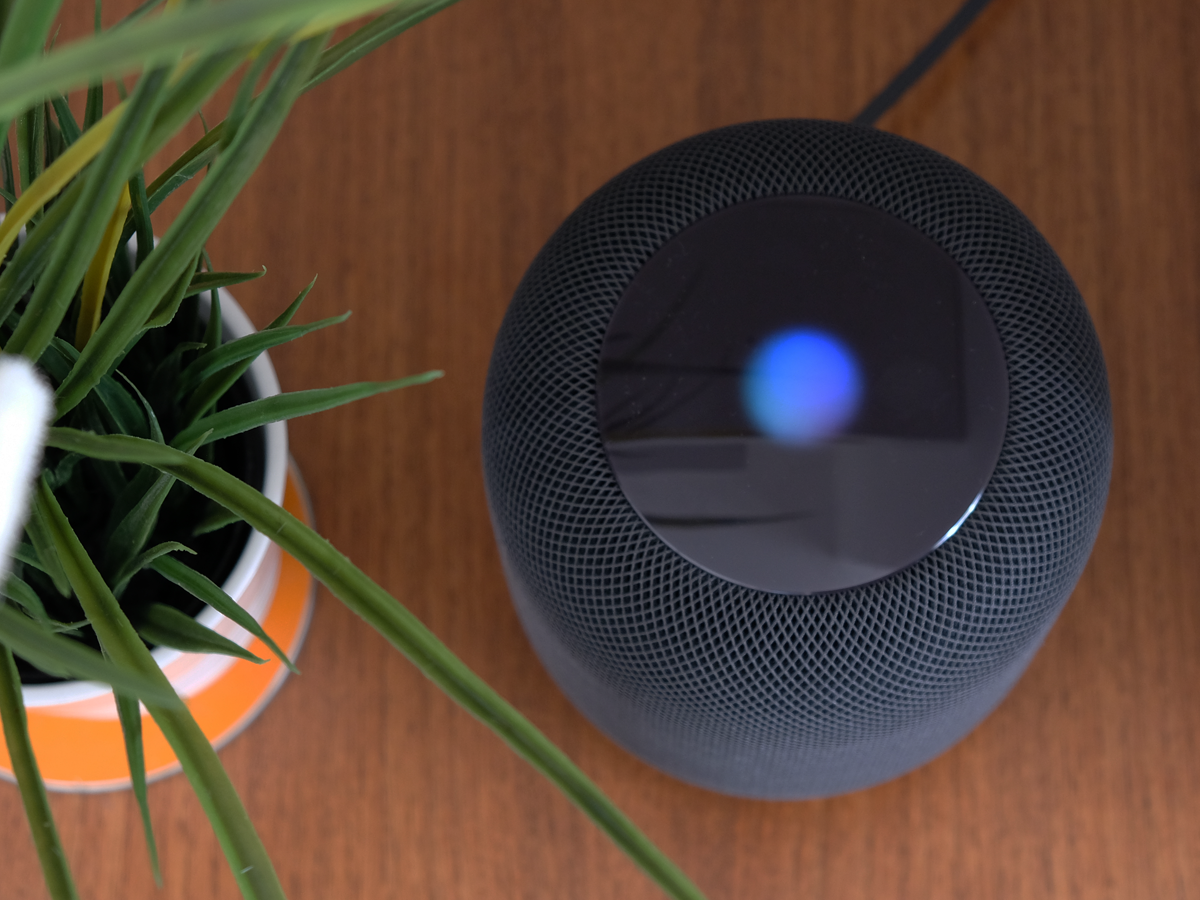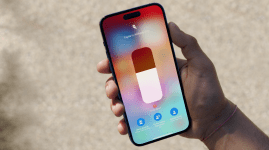Apple HomePod review
UPDATED: iOS 11.4 gives Siri's speaker extra smarts, with support for stereo pairing and multi-room support audio

Apple is so late to the smart speaker party it’s rung the doorbell at 6am and woken up all the sofa surfers in your lounge.
This is nothing new – the iPod and Watch both watched their rivals hit the tequila too hard, before becoming the life and soul of music players and smartwatches.
Still, it’s a bit different this time. Amazon’s Echo army and Google Home’s family are already great voice-controlled speakers that can organise your digital life. The Sonos One, meanwhile, mixes Alexa smarts with great sound quality and multi-room tunes.
But guess what? Apple thinks it can do better. And in some ways, the HomePod, does outshine its fellow party guests.
It’s swept into the room with Apple’s signature hauteur, refusing to speak to nerdy Android phones or go beyond polite conversation with Spotify. A recent iOS update has made it smarter, with support for multi-room audio and stereo pairing, but it’s still doing things very much on its terms.
Still, if you’ve got an iPhone, subscribe to Apple Music and prioritise sound quality over A.I assistance, it might just be your new smart soulmate…
Design: soft machine
The HomePod is a 7in tall cylinder that is both charming and unremarkable.
Its mesh fabric gives it a friendly and homely feel, while the white and space grey colours mean it’ll blend in nicely with pretty much any decor (aside from your Angry Birds wallpaper).
The result is a speaker that is eminently more strokable than an Echo or the almost identically-sized Sonos One. But also one that’s not hugely distinguishable from the furry speakers Libratone has been making for years.
On the top you’ll find some basic touch controls that you can use with, gasp, your fingers. How quaint. There are volume up and down buttons, while a series of taps in the middle will control your music: one tap for play or pause, two for next track and three for previous track. Say ‘hey, Siri’, and a ghostly waveform will light up between the buttons to show she’s listening.
This is all very lovely, but one slight shame is that, unlike Google Home and Amazon Echo, there’s no mute button for the microphone. You can mute Siri in the HomePod’s settings, though, if you’re worried she’ll blare out ‘sure, let’s continue playing Michael Buble’ during your dinner party.
And that’s about it, externally. All the clever stuff is hidden underneath the HomePod’s friendly jumper, and this is where things get interesting…
Sound quality: punching above its weight
So where does the HomePod stand in the great choir of voice-controlled speakers? Right at the very top. In fact, it’s one of the best standalone speakers I’ve heard.
There are lots of reasons for this, ones that include buzz-phrases like ‘real-time modelling’ and ‘spatial awareness’. But all you need to know is that the HomePod has basically got a little sound engineer inside, who constantly analyses both the music that’s playing and your room, so he can tweak your tunes in real-time accordingly.
Combine these A8 brains (yep, the same chip that’s in your iPhone) with the HomePod’s seven tweeters and formidable bass driver, and you have a speaker that you genuinely want to just sit down and listen to. Rather than just have on in the background while you do the ironing.
The HomePod’s bass is incredibly rich and deep, yet it never feels in danger of overwhelming the clear vocals or crisp treble. The most impressive thing is the sheer size of its sound – stand back a few feet, and it often feels like the music is coming from various parts of the room rather than a 7in speaker. Onlookers will swear you have a subwoofer secretly stashed away under the sofa.
But, and it’s a big one that Sir Mix-A-Lot would be a fan of, the HomePod’s voice controls and ‘musicologist’ knowledge only work with Apple Music.
That’s okay, you’ll just Bluetooth some tunes over to it, right? Nope, you can’t do that either.
What you can do is stream the likes of Spotify over Airplay from your phone, and basic voice controls (play, pause, skip) will work. But it’s clunky and the HomePod doesn’t sound so much better than a Sonos One that you wouldn’t be better off with the better integration of the latter.
Sonos, Google and Amazon speakers also support stereo pairing and multi-room music, which aren’t coming to the HomePod until ‘later this year’.
So, really, the HomePod is an Apple Music speaker, and a solo one at that. It’s certainly a great choice for subscribers to Apple’s streaming service.
But everyone else will have to weigh up whether the rest of the HomePod’s skills can justify starting afresh on Apple’s £9.99 p/month plan…
Just add… more speakers
Apple has a tendency of wanting to make sure things work just so before it jumps in head first. As such, HomePod shipped without a couple of features that its competition have had nailed for a while, leaving it not only late to the party, but also lagging behind in features too.
The good news? Apple's iOS 11.4 brings the HomePod right up to date, with support for stereo pairing, and multi-room audio using AirPlay 2.
Stereo pairing is quick and simple – if you set up a HomePod in the same room, you will automatically be asked if you'd like to create a stereo pair.
Say you do and the rest is done for you. From our quick listen so far, we'd say the extra speaker is worth the outlay, if it's in budget. The sound stretches wider with good stereo separation, fills larger rooms with more authority and tops it off with improved bass extension to boot.
Multi-room is equally easy to use. All of your speakers (including AirPlay 2-friendly speakers from the likes of Bang & Olufsen, Sonos, Bowers & Wilkins and Libratone) will appear in Control Center, where you can take control of the music they are playing, as well as group them together for a united sound.
Apple Music users also have the luxury of barking their multi-room requests at Siri when they can't be bothered to go digging into menus.
Now to save up for all those extra speakers…
Features: more music nerd than smart home conductor
Apple claims the Siri on the HomePod is a ‘musicologist’. Clearly, Nathan Barley has been consulting at Cupertino. But is there any merit to these claims of musical clairvoyance?
A little, but that’s all so far. What you get are some impressively specific playlists (for example, ‘play me some ambient electronic music for studying’), the ability to quiz Siri about a song or band that’s playing, and the chance to teach Siri your tastes by saying ‘I like this’.
Siri usually answers basic questions well, like ‘what year was this recorded?’ and ‘which album is this from?’. But she couldn’t handle ‘which band is Jamie XX in?’. Come on, Siri, handed that one to you on a plate.
While the number of genres you can choose from is impressive, it’s not yet encylopaedic. Siri didn’t understand my request for ‘garage rock’. My yearning for ‘chamber pop’ was greeted with the pleasantly unexpected sound of a classical orchestra. And grime was interpreted (or perhaps misheard) as ‘crime music’, which seems a little harsh.
In the main, though, Siri on the HomePod proved to be a more knowledgeable musical companion than Alexa or Google Assistant, if not quite the super-nerd I was hoping for. The ‘play something I like’ function, sure enough, played songs I like. But what I really want to ask is ‘play something I’ll eventually like’ and be greeted with a mix of impossibly tailored new songs that don’t feel quite like the ragbag that Spotify Discover Weekly often is.
Siri’s ‘musicologist’ leanings also feel like they’d be most useful for radio. But this is another big weakness – the only station you can stream directly to the HomePod is Beats 1. Like Spotify and other streaming services, you can Airplay most stations, including those from the BBC, to the HomePod from your phone. But there’s a big drop-off in sound quality and Siri can’t answer any questions about the music playing.
This is a big miss for such a music-focused speaker, and it’s not the only chink in the HomePod’s mesh armour…
Smart home skills: Siri needs more time at A.I school
Apple HomePod verdict

The HomePod is, by Apple’s own admission, a music speaker first and a smart assistant second.
That’s fine, but it’s also not really a complete music speaker either – it’s a home Apple Music player for iPhone owners. That makes it very niche and restrictive compared to its rivals from Amazon, Google and Sonos.
What it does better than any of those three, though, is muster incredible sound from one, very pretty speaker.
It’s better than a Sonos One (if not twice as good, as the price tag suggests) and it’s in another league to the Echo and Home. Siri is also, if far from the best all-round home helper, the most knowledgeable and intelligent virtual music assistant around.
That’s not to say there aren’t definite holes in the HomePod’s armoury. Some of these, like recognising multiple voices and setting alarm radios, feel like simple software fixes. Others, like Siri’s comparative lack of general knowledge, are just a fundamentally different approach to smart speakers and data.
But what the HomePod does well, it does so well that it’s now the benchmark by which we’ll judge musical smart speakers.
Stuff Says…
The best musical smart speaker you can buy, but only if you’re an Apple Music fan and iPhone devotee
Good Stuff
Incredible sound quality for its size
Homely, minimalist design
Siri has impressive music smarts
Works well as a HomeKit hub
Automatically adjusts sound to suit any room
Bad Stuff
Voice control only works with Apple Music
No stereo pairing or multi-room support until ‘later this year’
Can’t yet recognise different voices
Beats 1 is the only radio station you can directly stream
Alexa and Google Assistant are still better all-round voice assistants
